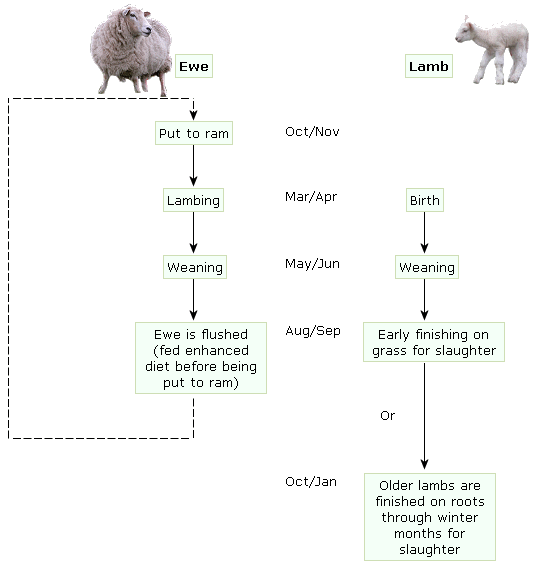

Since there are 128 ruminant species in the family Bovidae, it is likely that some herpesviruses remain undiscovered. This paper aims to give an overview of the epidemiology and pathogenesis of infection by these viruses, immuno-prophylaxis and mechanisms of recovery from infection. Some of the latter have been developed as commercial vaccines. This has led to the identification of virulence-associated genes and construction of deletion mutants and recombinant viruses. The molecular characteristics of some members have been investigated in detail. Accordingly, the economic and ecological impact of the viruses is also variable. Viruses in both subfamilies Alphaherpesvirinae and Gammaherpesvirinae cause mild to moderate and severe disease in respective natural or secondary ruminant hosts. The prevalence of ruminant herpesviruses varies from worldwide to geographically restricted in distribution. Buffalo herpesvirus (BflHV) and ovine herpesvirus-1 (OvHV-1) remain officially unclassified. Six of the viruses are recognised as distinct alphaherpesviruses and 9 as gammaherpesviruses. There are at least 16 recognised herpesviruses that naturally infect cattle, sheep, goats and various species of deer and antelopes. JAS Biologicals Limited, The Centre for Veterinary Science, Madingley Road, Cambridge, CB3 OES, UK This study provides evidence, for the first time in ruminants, that MCT1 has a direct role in the transepithelial transport and efflux of the SCFA across the stratum spinosum and stratum basale of the forestomach toward the blood side.Epidemiology, disease and control of infections in ruminants by herpesviruses - An overview In vivo and in vitro functional studies, under the influence of the MCT1 inhibitors, p-chloromercuribenzoate (pCMB) and p-chloromercuribenzoic acid (pCMBA), demonstrated significant inhibitory effect on acetate and propionate transport in the rumen. Double-immunofluorescence confocal laser-scanning microscopy confirmed the co-localization of MCT1 with its ancillary protein, CD147 in the caprine gastrointestinal tract. Amongst the stratified squamous epithelial cells of the forestomach, MCT1 was predominantly expressed on the cell boundaries of the stratum basale and stratum spinosum.

Immunohistochemistry and immunofluorescence confocal analyses revealed widespread immunoreactive positivities for MCT1 in the caprine stomach and large intestine. Quantitative Western blot analysis showed that the level of MCT1 protein was in the order of rumen >/= reticulum > omasum > caecum > proximal colon > distal colon > abomasum > small intestine. RT-PCR revealed the presence of mRNA encoding for MCT1 in all regions of the caprine gastrointestinal tract. The goal of this study was to elucidate the possible involvement of monocarboxylate transporter 1 (MCT1) in the mechanism of SCFA transport in the caprine rumen, and to delineate the precise cellular localization and the level of MCT1 protein along the entire caprine gastrointestinal tract. Despite the importance of short-chain fatty acids (SCFA) in maintaining the ruminant physiology, the mechanism of SCFA absorption is still not fully studied.


 0 kommentar(er)
0 kommentar(er)
